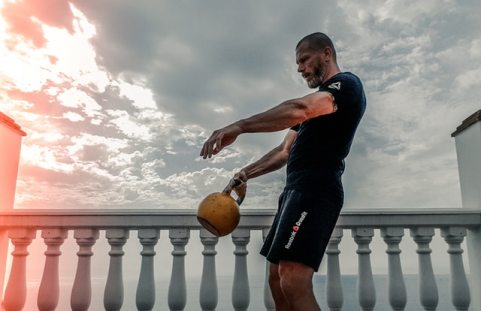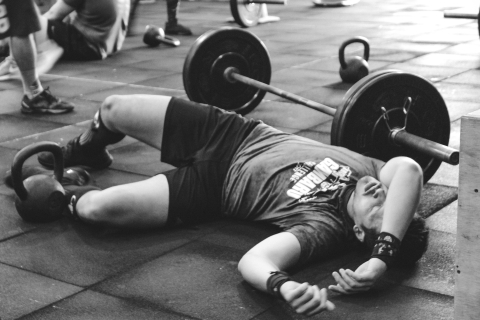If you missed part one, then check it out here.
Chris from Hall Personal Training in Oxford has taken some time out to answer ten of the most common questions that personal trainers get asked. I’ve definitely asked a few of these myself in the past, and there’s tonnes of useful information in both the posts.
1️⃣ WHAT REP RANGE SHOULD I BE USING?
This totally depends on your goal, and it’s always good to mix it up a bit and cycle through different rep ranges. You can build muscle or burn fat in any training phase as long as your training and nutrition are both appropriate, but as a basic rule, strength training uses the 3-5 rep bracket, functional hypertrophy (adding useful muscle mass) uses 5-8, hypertrophy (purely adding muscle mass) is 8-12, and strength and endurance, or fat loss would be 15-20 reps.
However, there is new evidence emerging to suggest hypertrophy isn’t necessarily based on the number of repetitions you’re doing but the load lifted. Anything lifted using your 30% of your 1-rep max or above to the point of failure or near failure will elicit an anabolic response.

2️⃣ ARE SQUATS THE BEST WAY TO BUILD A PEACHY BUM?
Yes and no…although squats do target the glutes, they are actually a quad-dominant exercise. Big compound exercises like squats and deadlifts are the best for energy expenditure and building up strength, but if you want to focus specifically on the glutes then you may be better off adding exercises that specifically target the glutes like, glute-ham raises, kettlebell swings, back extensions and hip thrusters into your routine.
In fact, research suggests it’s your intention and level of muscle contraction, and focusing on really lifting using the glute muscles that encourages glute recruitment and growth, rather than the exercise itself.

3️⃣ HOW CAN I LEARN TO DO A CHIN UP?
Many gym-goers look forward to doing their first chin up, but many, especially females, find it incredibly difficult. Don’t despair – you’ll get there in the end! Focus on exercises that strengthen the lats (in the back). So rows and lat pull downs. Then you can start focusing on mid-rep isometric chin ups, jump up to the top and slowly lower yourself down, keeping your shoulders back and down. Build up your strength until you can keep good form for three seconds at the top, middle and just below the bottom of the rep for 3-5 reps, slowly building up the time you can hold each pause for starting on 3 seconds and building to 8 seconds.
Once you can perform 3-5 sets of 3-5 reps with 8 second pauses taken at different points on the eccentric, that then try performing a super slow eccentric rep, starting with 15 seconds and building up to 30 seconds. Once you can control yourself down for a count of thirty seconds, give your first chin up a go the next time you’re in the gym!

4️⃣ HOW CAN I LOSE WEIGHT FROM A SPECIFIC BODY PART?
Ah the golden grail – spot reduction of fat. If we had a pound for every time a client asked to reduce fat from just their tummy, arms or legs then we’d be millionaires! Unfortunately, it’s not that simple. Although very small changes can be made on an individual basis by tweaking diet or addressing hormone imbalances, as a general rule you have to reduce fat everywhere if you want to see a reduction on your tummy/arms/legs.
Contrary to popular Instagram myth, doing 1,000 crunches won’t actually reduce your tummy fat. Your best bet is to stick to a well-rounded resistance training programme, with a healthy diet and some cardio added in. Although focusing your training on a singular body part may make it look more toned, it won’t do anything to blitz the fat on top of the muscle.

5️⃣ MY MUSCLES HURT AFTER A WORKOUT, IS THAT A BAD THING?
If you’re new to weight training or haven’t done any exercise in a while, then it’s likely you’ll be sore after your first workout. This even happens to seasoned pros that shake up their programme a bit. The simple answer is no, it’s nothing to worry about and it’s to be expected! Delayed-onset muscle soreness (DOMS) is a response to tiny tears in your muscles caused by training, and should die down between 48 and 72 hours after training. If you’re still in pain after this point, then rest up until it dies down. By the way, DOMS isn’t an indicator of a particularly good session either, so don’t think you’ve not worked hard enough if you’re not aching!

